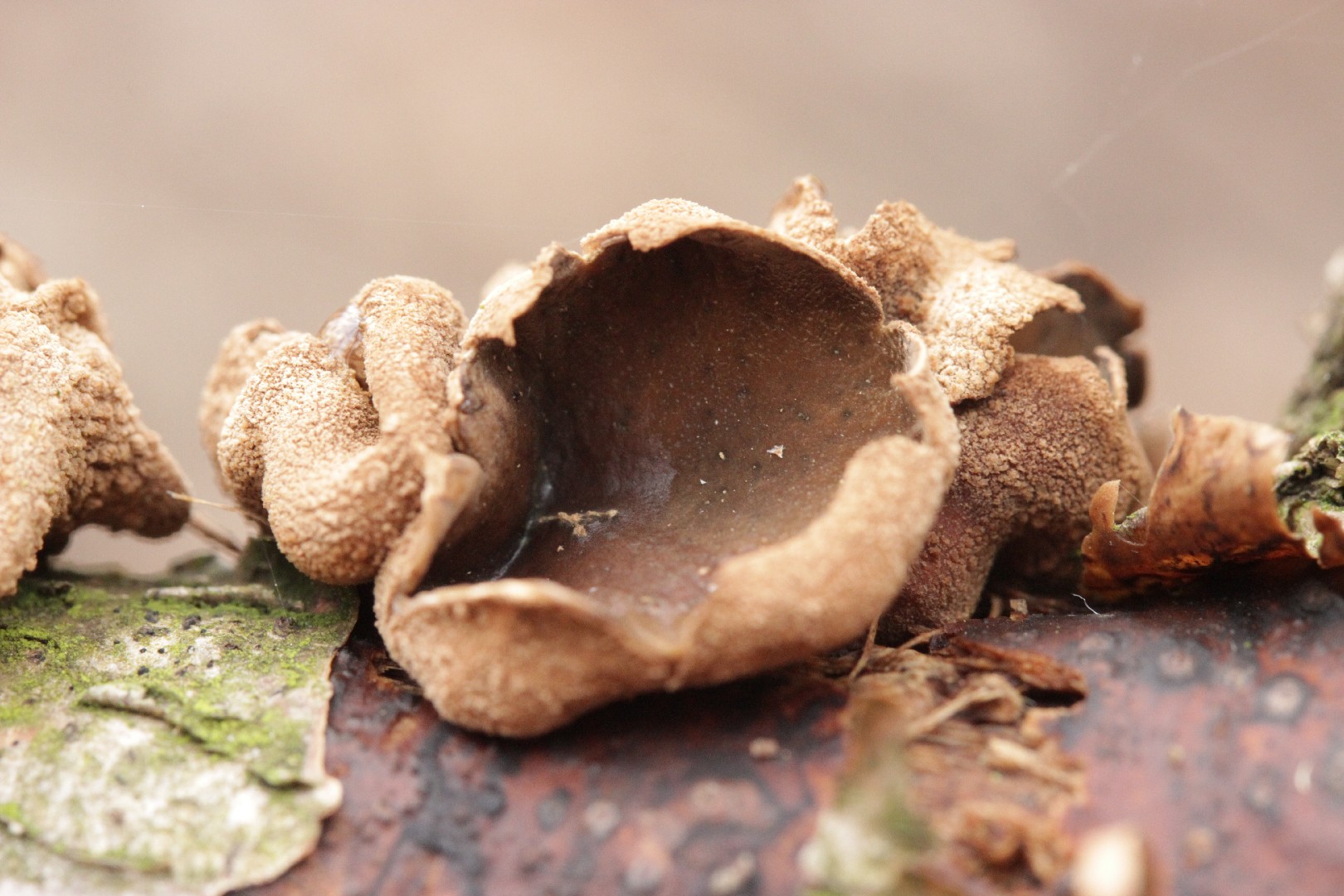Encoelia
Scientific name: Encoelia
Encoelia
Scientific name: Encoelia
 Photo By Björn S... , used under CC-BY-SA-2.0 /Cropped and compressed from original
Photo By Björn S... , used under CC-BY-SA-2.0 /Cropped and compressed from original Description
The encoelia group includes a variety of organisms often found on decaying wood, mostly in temperate regions. They form distinctive cup-shaped structures that release spores into the air. Some species within this group are known for their role in recycling nutrients back into the ecosystem. The structures are usually very small but can create a fascinating miniature forest floor scene when viewed closely.